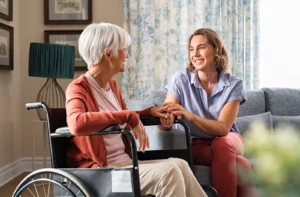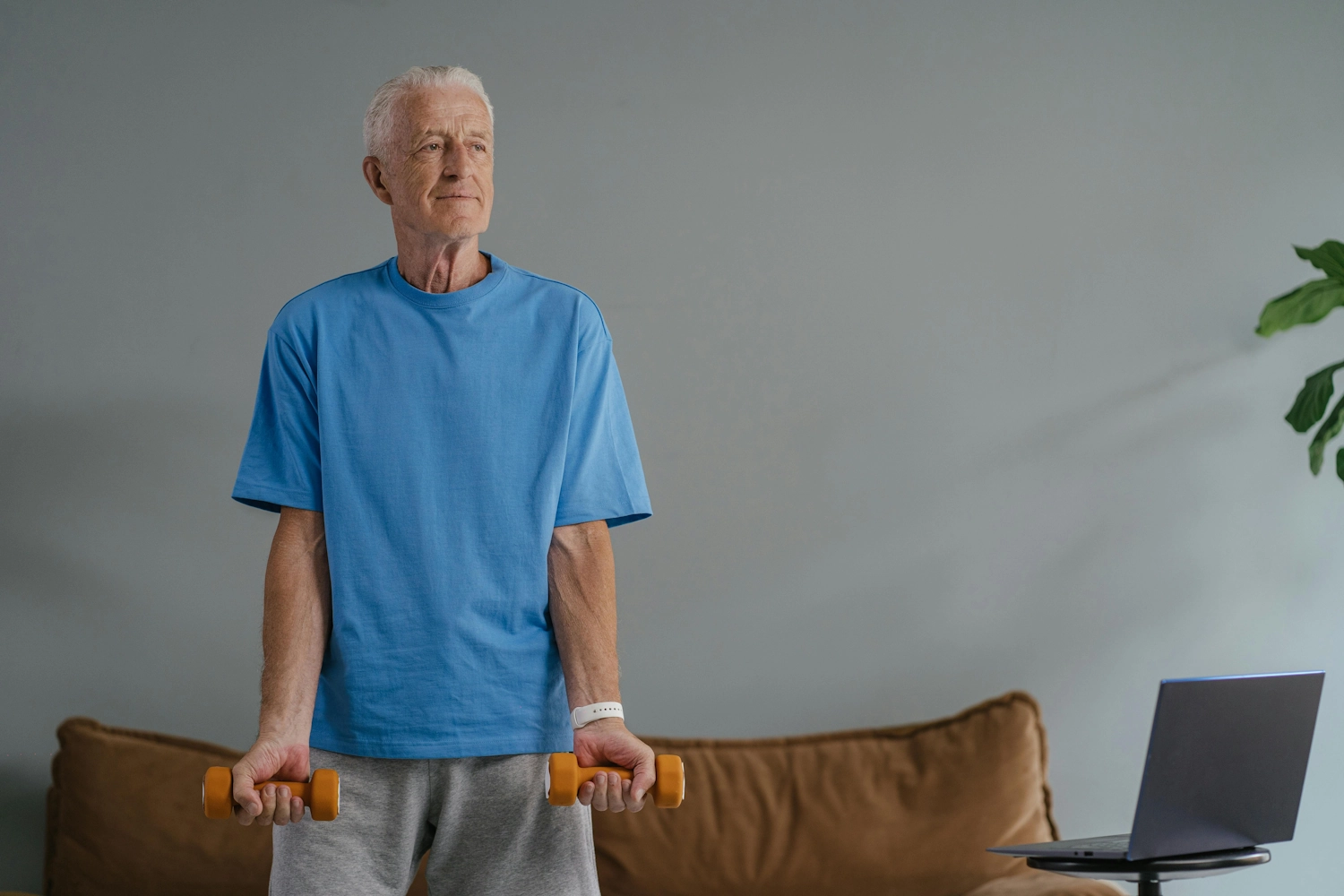The golden years are often associated with slowing down and taking it easy. However, the benefits of staying physically active extend far beyond youth. Regular exercise is a powerful tool for seniors to maintain physical and mental well-being, promoting a healthier, happier, and more independent life.
This article explores the importance of physical fitness and activity for seniors, dispelling myths and highlighting the numerous benefits of staying active:
The Myth of “Taking it Easy”
While some adjustments might be necessary as we age, the notion that seniors need to be inactive is a misconception. Incorporating physical activity into their daily routine, even in small doses, can have a profound impact on overall health.
The Power of Movement: Benefits for Body and Mind
Regular exercise offers a multitude of benefits for seniors:
- Improved Physical Health: Physical activity strengthens muscles, improves bone density, and reduces the risk of chronic conditions like heart disease, diabetes, and arthritis.
- Enhanced Mobility and Balance: Staying active increases flexibility, coordination, and balance, reducing the risk of falls and promoting independence.
- Boosted Mental Well-being: Exercise has a positive impact on mood, reducing symptoms of depression and anxiety.
- Sharper Cognitive Function: Physical activity can improve cognitive function, memory, and focus.
- Increased Energy Levels: Regular exercise can combat fatigue and leave seniors feeling more energized throughout the day.
- Improved Sleep Quality: Physical activity can promote better sleep patterns, leading to improved rest and overall well-being.
Finding the Perfect Fit: Activities for Every Senior
The beauty of promoting fitness for seniors lies in its adaptability. There’s no “one size fits all” approach. Here’s a variety of activities suitable for different abilities:
- Low-impact exercises: Walking, swimming, chair yoga, and tai chi are excellent options for gentle exercise and improved flexibility.
- Strength training: Light weightlifting or using resistance bands can help maintain muscle mass and bone strength.
- Balance and coordination exercises: Simple exercises that focus on balance and coordination can help prevent falls and improve overall stability.
- Social activities with movement: Dancing classes, group walking sessions, or gardening can provide exercise and social interaction.
Starting Small and Building Momentum
Even small changes can make a big difference. Here are some tips to motivate seniors to embrace physical activity:
- Consult a Doctor: Before starting any new exercise program, it’s crucial for seniors to consult with their doctor to ensure it’s safe and appropriate for their health condition.
- Start Slowly and Gradually Increase Intensity: Begin with gentle activities and gradually increase the duration and intensity as fitness improves.
- Find Activities You Enjoy: The key to consistency is enjoyment. Encourage seniors to find activities they find fun and engaging.
- Buddy Up: Exercising with a friend or family member can provide motivation, accountability, and a sense of social connection.
Investing in a More Vibrant Future
Promoting physical activity for seniors is an investment in their well-being, independence, and quality of life. By incorporating movement into their daily routine, seniors can enjoy a healthier, happier, and more fulfilling life as they age.












